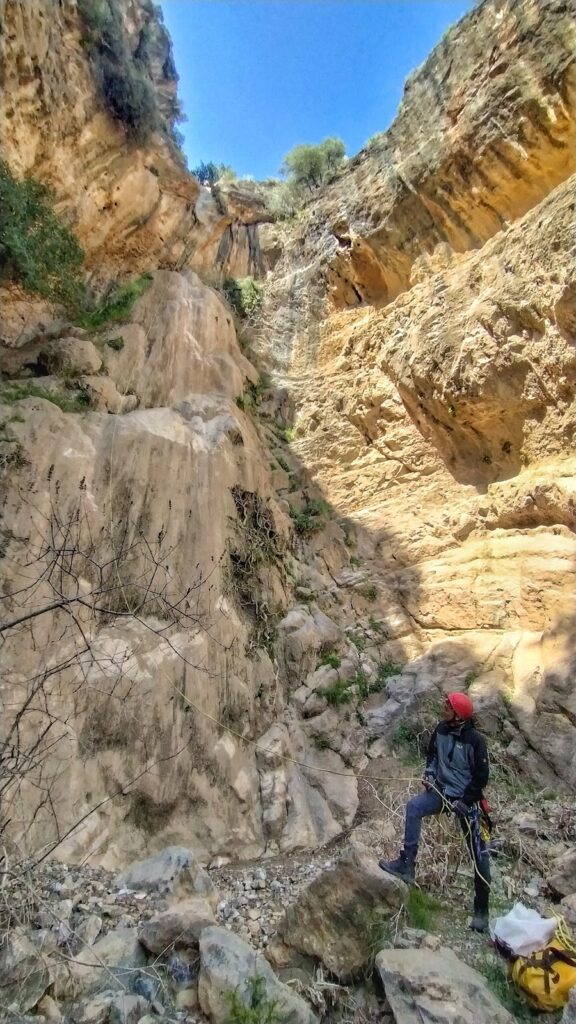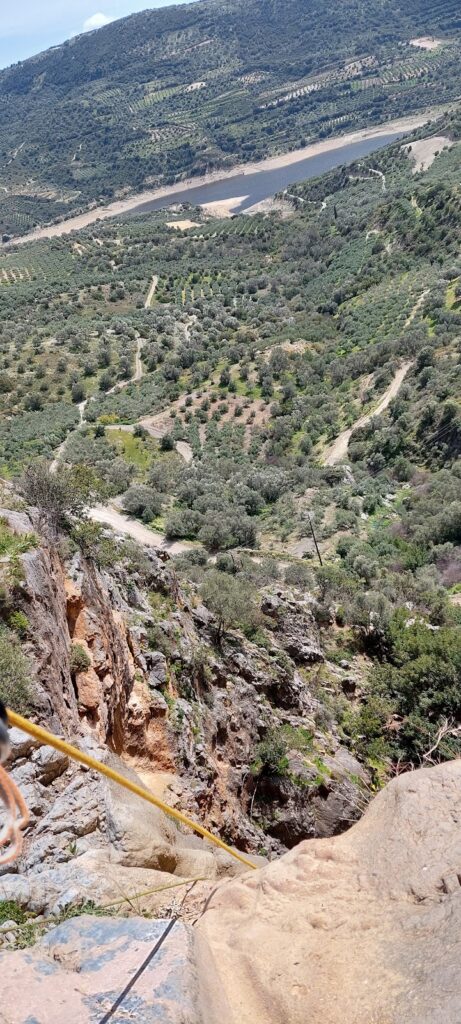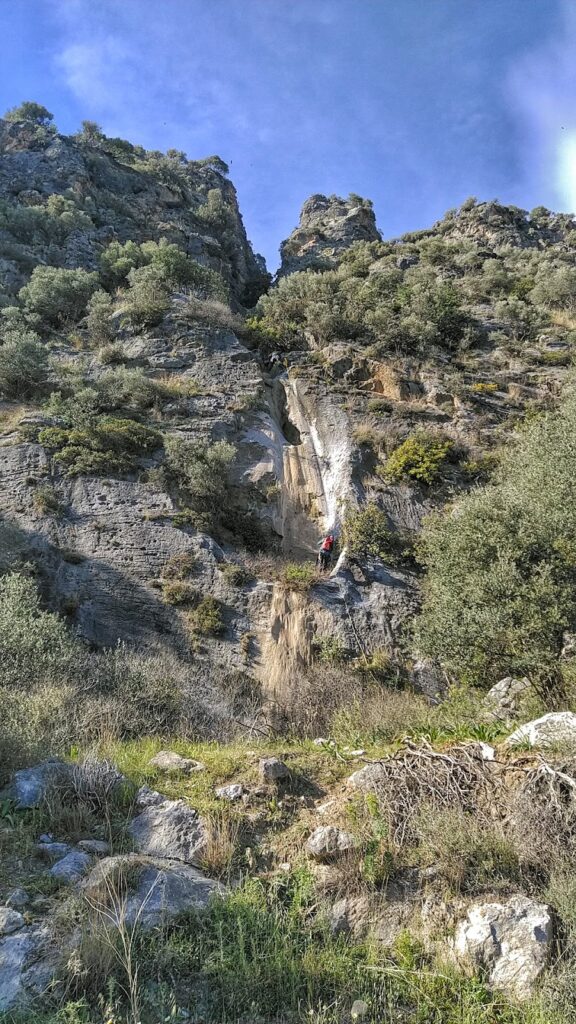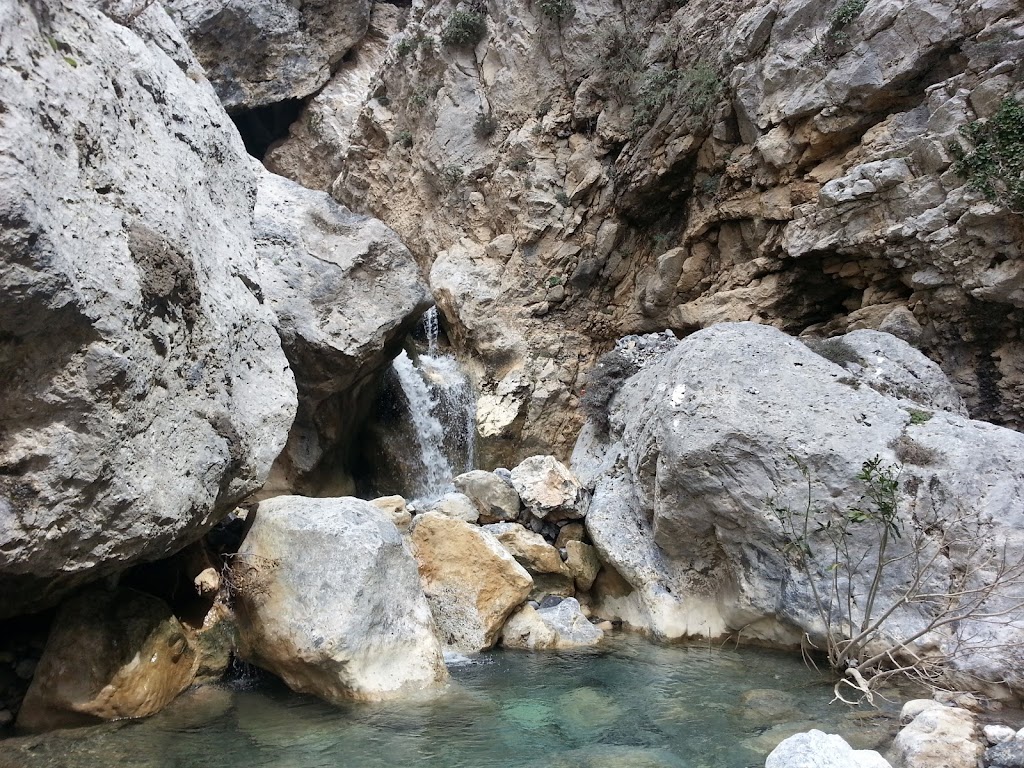Gorges to hike and walk near Kalochorafítis, in Heraklion region
List of Gorges near Kalochorafítis
- 3.6 km
- Rizopetro Gorge
On the southeastern flank of Mount Sanida, near the quaint village of Skourvoula, you’ll find a petite yet wildly untamed chasm known as Rizopetro. This gorge culminates in a striking 60m waterfall that cascades into the lake of the Faneromeni dam, a sight to behold especially after heavy downpours.
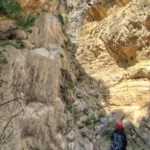
- 7.3 km
- Apolychnos Gorge
- 3 km
The Apolychnos Gorge, situated just a few kilometers north of the town of Mires, is nestled in an area abundant with olive groves. This gorge is essentially a narrow valley that traces the path of a river, which in certain areas deepens and is surrounded by thick vegetation. The Tourki stream that flows through it carries water from a valley that begins west of Makres village to the Geropotamos river. The gorge, which is roughly 3 km long, begins near the village of Panagia and concludes at the traditional settlement of Agios Antonios (Vrelis). It’s conveniently accessible, particularly near its exit close to Agios Antonios, as it’s adjacent to the main road from Mires.
The gorge is named after the deserted village of Apolychnos, which is situated within the gorge at an elevation of 220m. This village, enveloped by verdant trees and bubbling springs, is home to the stunning Byzantine church of Saint Panteleimon, located in the village square.

- 9.8 km
- Rouvas Gorge (Gafaris)
- 6 km
- 2.5 h
- E4 trail
The Agios Nikolaos, Gafaris or Rouvas gorge is nestled between the Ambelakia and Samari peaks. This gorge, the most significant in Psiloritis and central Crete, is named after the St Nicholas monastery located near its exit at Zaros. This area is an ecosystem teeming with diverse flora and fauna, smaller canyons, and striking geological formations and cliffs. It spans 4 km, with 2.7 km developed by the Forest Service for activities like hiking, mountaineering, rock climbing, and wildlife observation. However, a fire in 1994 significantly damaged the beautiful Rouvas forest near the gorge’s south entrance.
The Rouvas forest, located in the Saint Nicholas gorge, is a nationally significant ecosystem of holly trees. It covers the inner valley of Psiloritis, surrounded by the peaks of Ambelakia, Samari, Chalazokefala, Skinakas, Koudouni, and Giristi. The area’s trees are ancient, with some trunks exceeding 1 meter in diameter and reaching heights of 15 meters. They grow densely, forming a unique forest society, supplemented by various shrub species.
The forest houses other typical Cretan flora, such as aria, zelkova, cypress, pine, plane, and pear trees, covering approximately 30,000 acres. The uniqueness of the Rouvas forest lies in the holly trees’ unusual size and characteristics compared to their typical Greek counterparts. This is likely due to the absence of external factors that allowed these shrubby oaks to evolve into their current form. Around the forest, one can spot scattered “mitata” (shepherd houses), most of which are now abandoned.
Recommended hiking routes include Zaros Lake to Saint John (a 2.5-hour return trip) and Psakofarago to Agios Ioannis to Lake Zaros (a 5-hour trip). The first route starts from Zaros Lake, leading to the St Nicholas monastery before entering the Rouvas gorge. The trail then ascends through the old burned forest, offering stunning views of the Zaros and Messara planes, before entering a narrow gorge filled with dense vegetation. The path follows the river bed, abundant with water in spring, leading to the heart of the forest, the Agios Ioannis area.
The second route begins north of Agios Ioannis at the Psakofarago gorge, the upper extension of the Rouvas gorge. The trail starts from the Holy Cross church and ends at Lake Zaros, passing through Agios Ioannis and the Rouvas gorge. This route requires a transfer to the Holy Cross church and a pick-up from Lake Zaros. Both routes offer the chance to experience the unique beauty of the Rouvas forest and its surroundings.
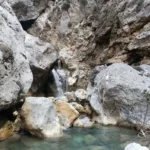
- 14.1 km
- Gorge Kinigospilios at Hordaki
In the quiet, almost abandoned village of Chordaki, located in the Amari district, we discovered the hidden gem of Kynigospilios Canyon. Situated south of the village, this small but stunning canyon remains a secret, its location hidden from view, which contributes to its relative obscurity. The Kynigospilios Canyon boasts a significant water flow from the slopes of Mount Kedros, which lasts from winter through to late spring.
However, traversing the canyon requires the use of ropes and canyoning equipment due to the presence of eight stunning waterfalls along its path, with the last one being particularly breathtaking. Unfortunately, the canyon’s safety measures, installed by canyoners around 2011, are not ideally positioned, making them inaccessible during periods of high water flow. The canyon was christened ‘Koutsouna’ (meaning ‘small’) by the first group to cross it, as they couldn’t find an existing name for it.
At the canyon’s entrance, you’ll find two adjacent watermills, and the surrounding area is lush with greenery, including platans and oaks that provide ample shade. Beneath most of the waterfalls, you’ll find ponds perfect for swimming in the canyon’s crystal-clear river waters. The Kynigospilios Canyon eventually merges into the Platys River bed at its termination point.
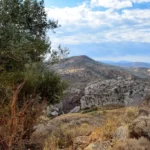
No results available
ResetGorges in other nearby areas
No results available
Reset